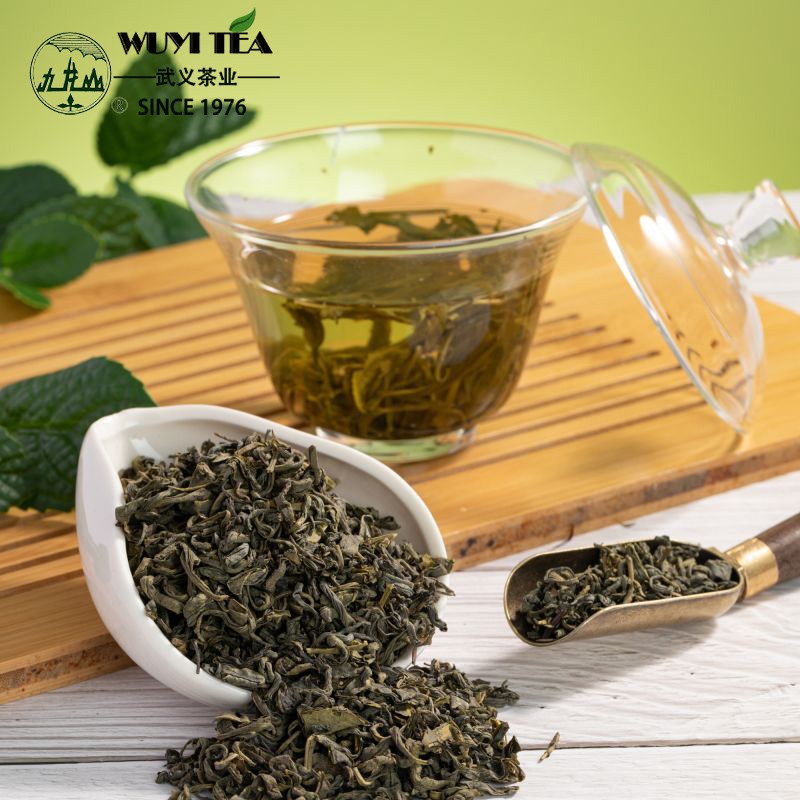What are the Health Benefits of Green Tea Chunmee Tea?
2025-04-29
The health-promoting properties of green tea chunmee tea are derived from the synergistic effect of its unique processing technology and biochemical components. This green tea chunmee tea category uses high-temperature sterilization to inactivate the activity of polyphenol oxidase and retain the original configuration of endogenous catechins in the leaves. The twisting and kneading process in the initial processing stage forms tight strands, which promotes the rupture of cell walls to release bound flavonoid glycosides and reduces the process loss of water-soluble components. The gradient temperature control technology during the drying process stabilizes the thermosensitive structure of epigallocatechin gallate, and the pyrogallol group in its molecule has the ability to scavenge free radicals.

The pyrazines in the characteristic aroma components of green tea chunmee tea are generated through the Maillard reaction and together with terpene alcohols constitute a volatile antioxidant system. The colloidal suspension in the tea soup contains nano-scale tea polysaccharide-protein complexes, which are metabolized by intestinal microorganisms to produce short-chain fatty acid precursors. The methylated catechin isomers formed during the processing have the lipid-soluble characteristics of crossing the blood-brain barrier and have a competitive binding effect with the adenosine receptors of the central nervous system.
The waxy components of the cuticle of green tea chunmee tea leaves slowly release alkylphenols when brewed, regulating the ratio of Firmicutes/Bacteroidetes in the intestinal flora. The chelates formed by theabrownin and metal ions can block the pro-oxidative effect of iron ions in the diet. This dual mechanism of physical structure retention and chemical component optimization gives green tea chunmee tea a unique advantage in maintaining metabolic homeostasis and cellular redox balance.














